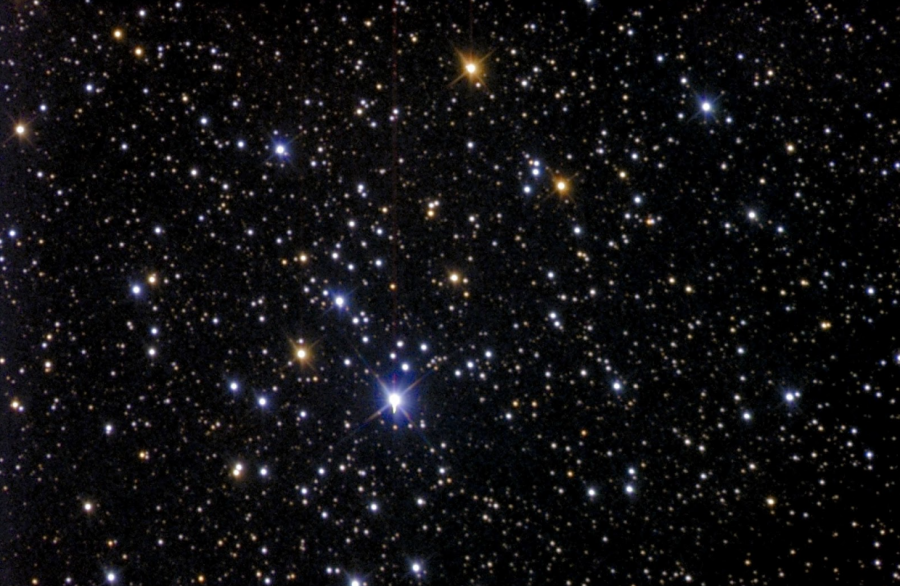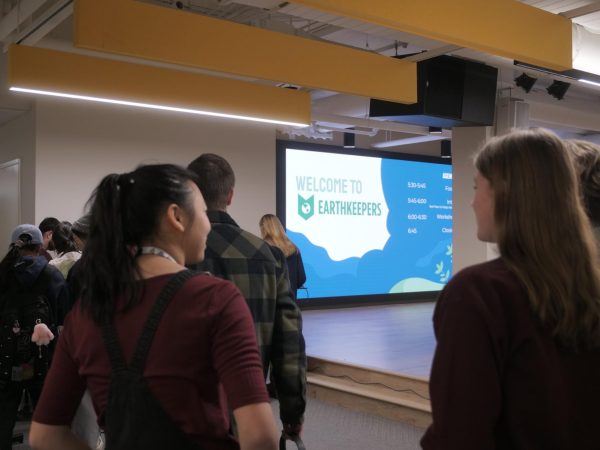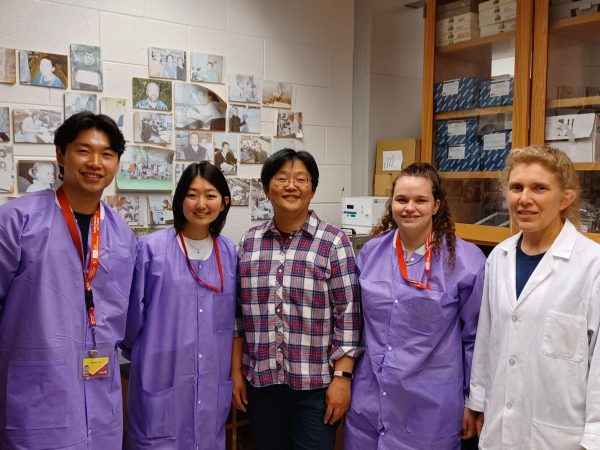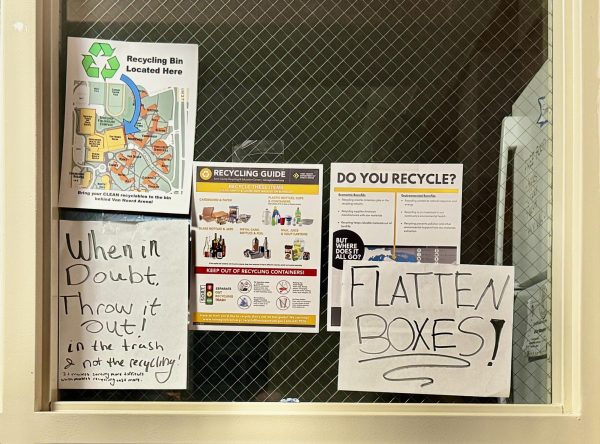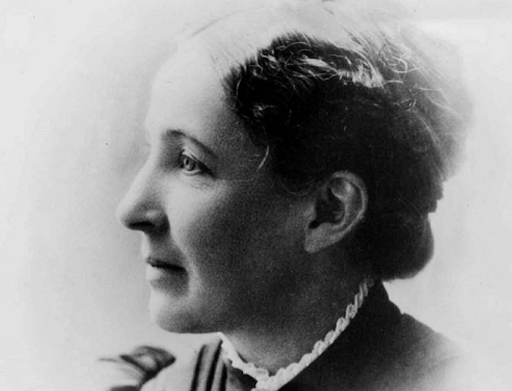Dating Star Clusters
Data was taken on Aug. 28, 2018 by Evan Cook using Calvin’s New Mexico telescope.
This week we will take a look at an open star cluster named NGC 1027. An open star cluster is a cluster of stars that are very loosely held together by gravity, if at all. One of the things that astronomers want to know when they study a star cluster is its age. In order to date star clusters, one must know that stars within a given cluster all form around roughly the same time, by which astronomers mean plus or minus a couple tens of millions of years.
The second piece of the puzzle is that larger stars use up the hydrogen in their cores much faster than smaller stars. As an analogy, think about the fuel efficiencies of cars. Imagine a long-distance race where the contestants aren’t allowed to refuel. If all the cars, including the monster trucks, manage to cross the finish line, I know it must be a relatively “short” long-distance race. If, however, only the most fuel-efficient cars make it to the end on one tank of gas, I know I am watching a much longer race. Now, instead of a race and a finish line, we have time and the present. If all the stars in a cluster are still fusing hydrogen in their cores, it is a very “young” cluster. However, if only the smallest, most fuel efficient stars have survived until today on one “tank” of hydrogen, it must be a very old star cluster. So to know the age of a star cluster, one must study the stars that are still fusing hydrogen. (It is worth noting that the Sun’s hydrogen reserves are expected to last for another 5 billion years, so we should be safe.)
For more on star clusters, stellar ages, and other bizarre features of our lovely universe check out the Calvin Observatory webpage at http://www.calvin.edu/academic/phys/observatory/. If you want to visit the Calvin observatory on top of the science building, our hours are from sunset to 11 p.m., Mondays through Thursdays (weather permitting). More directions can be found on our website.



